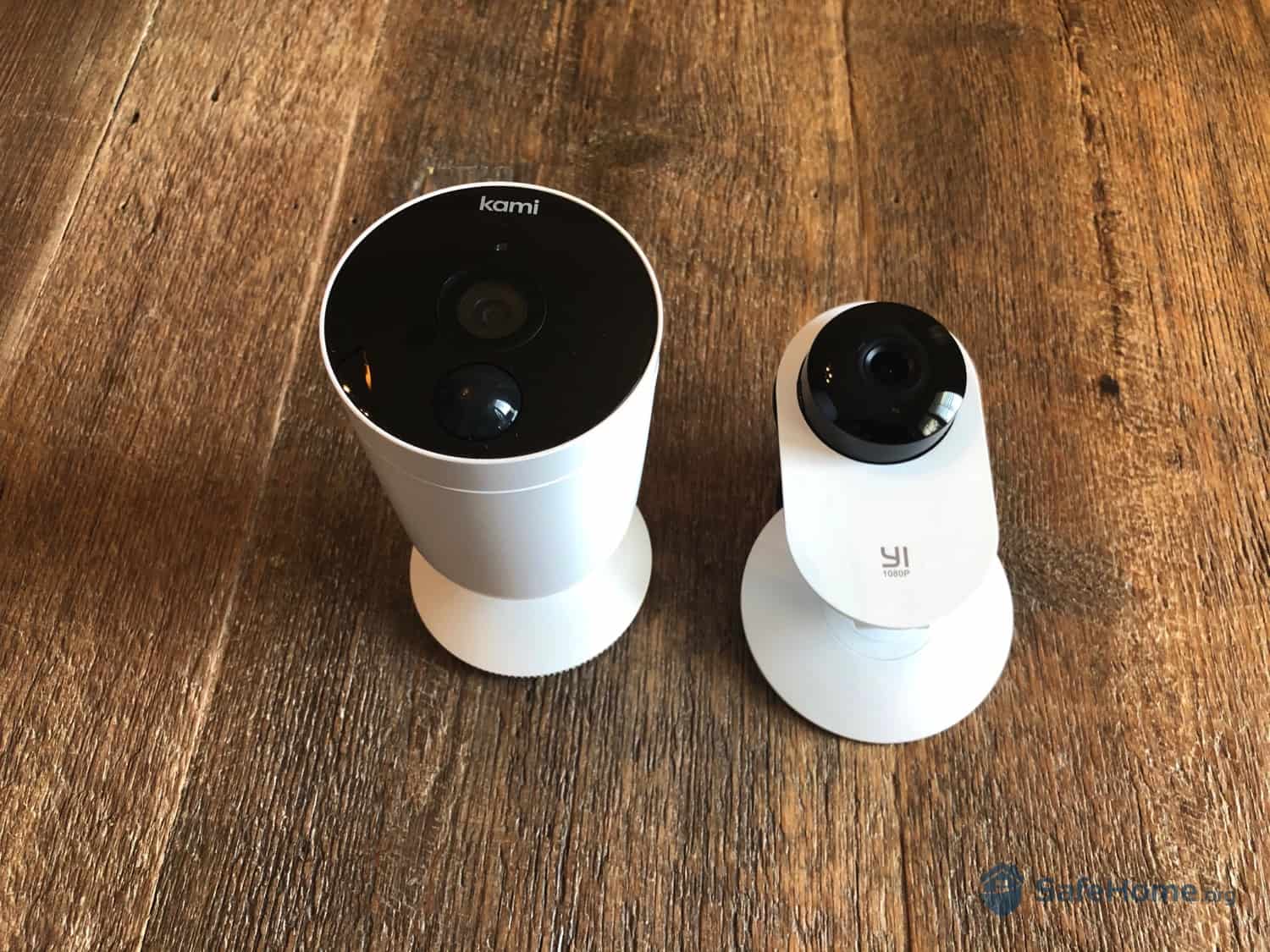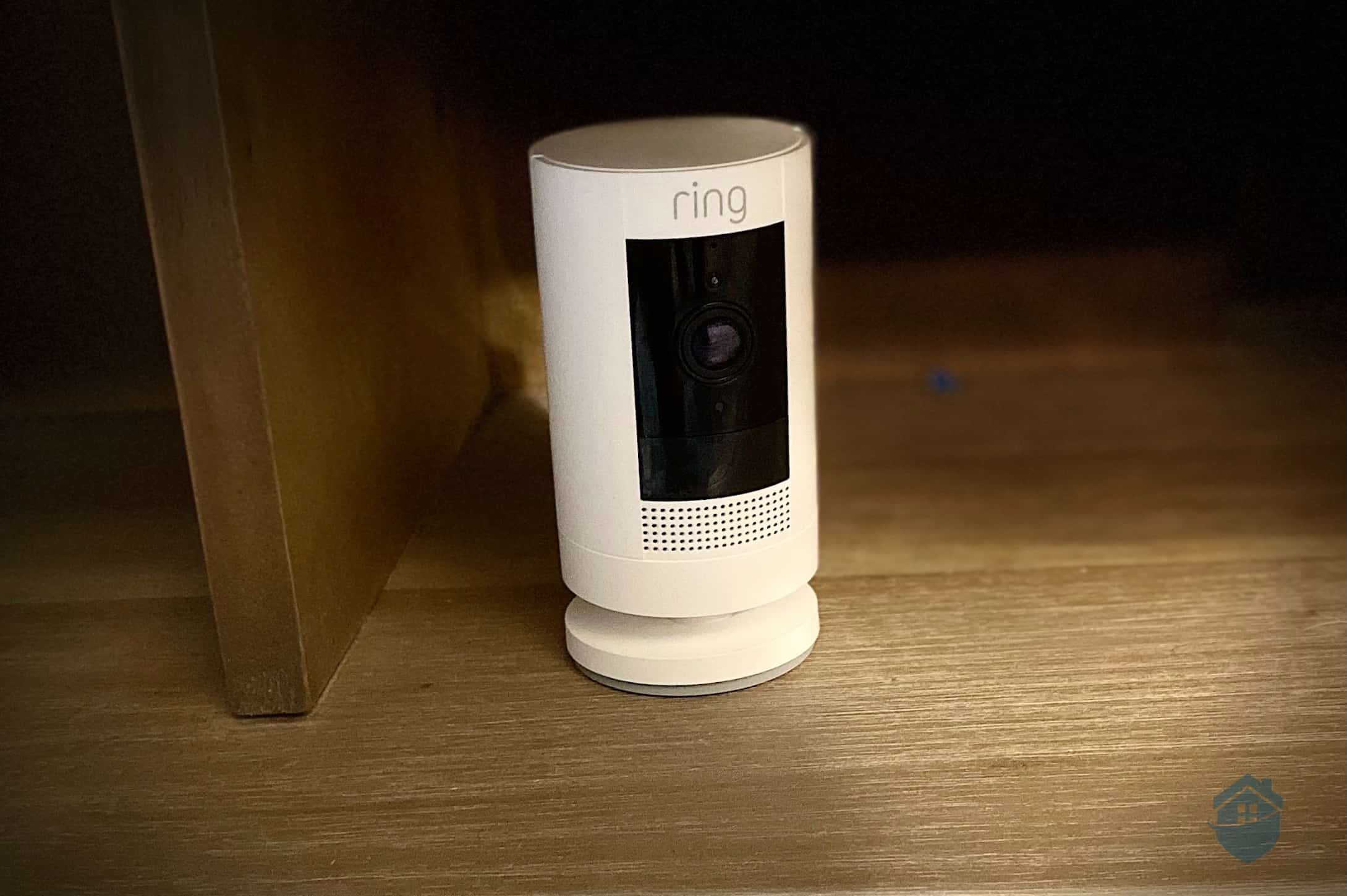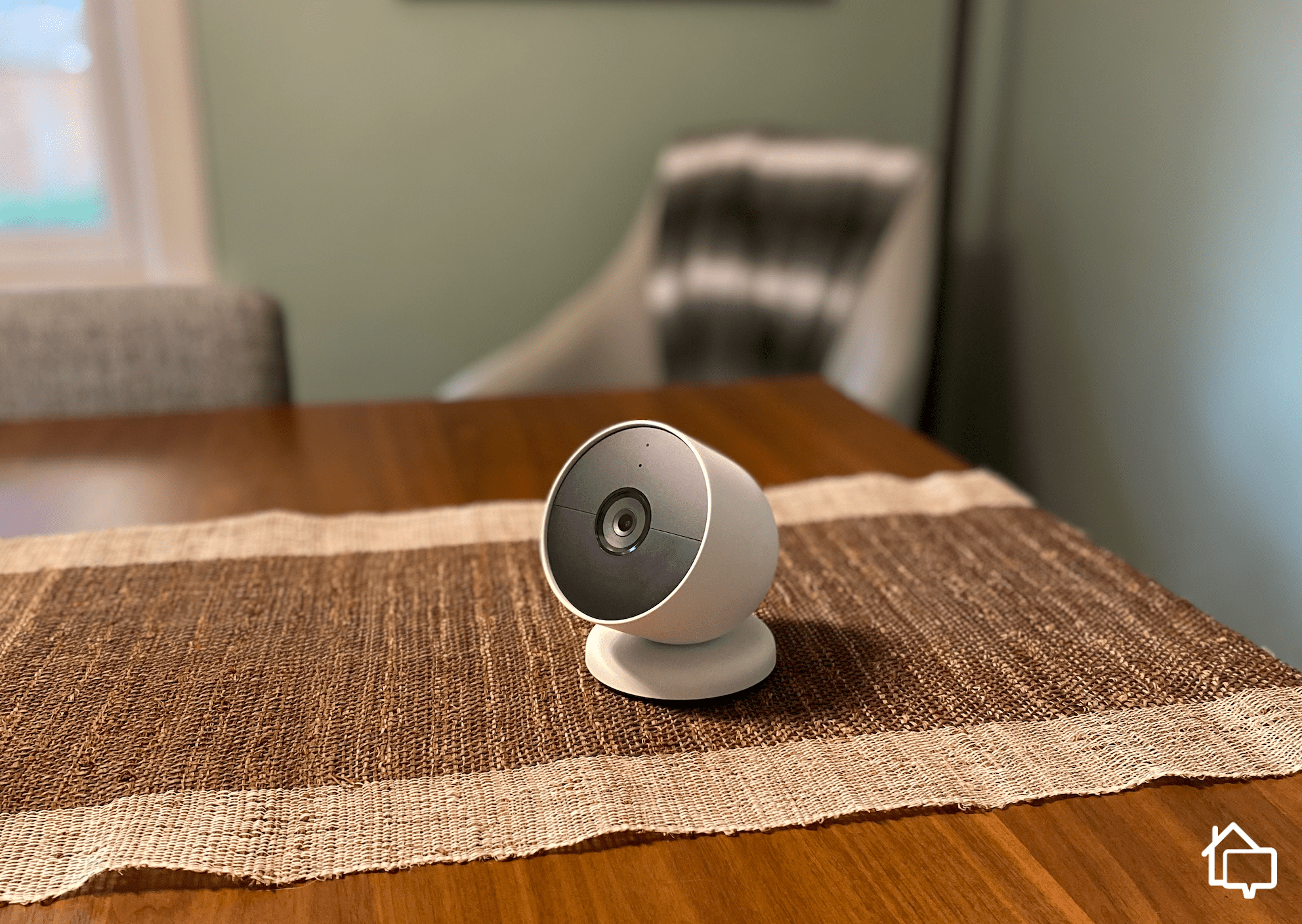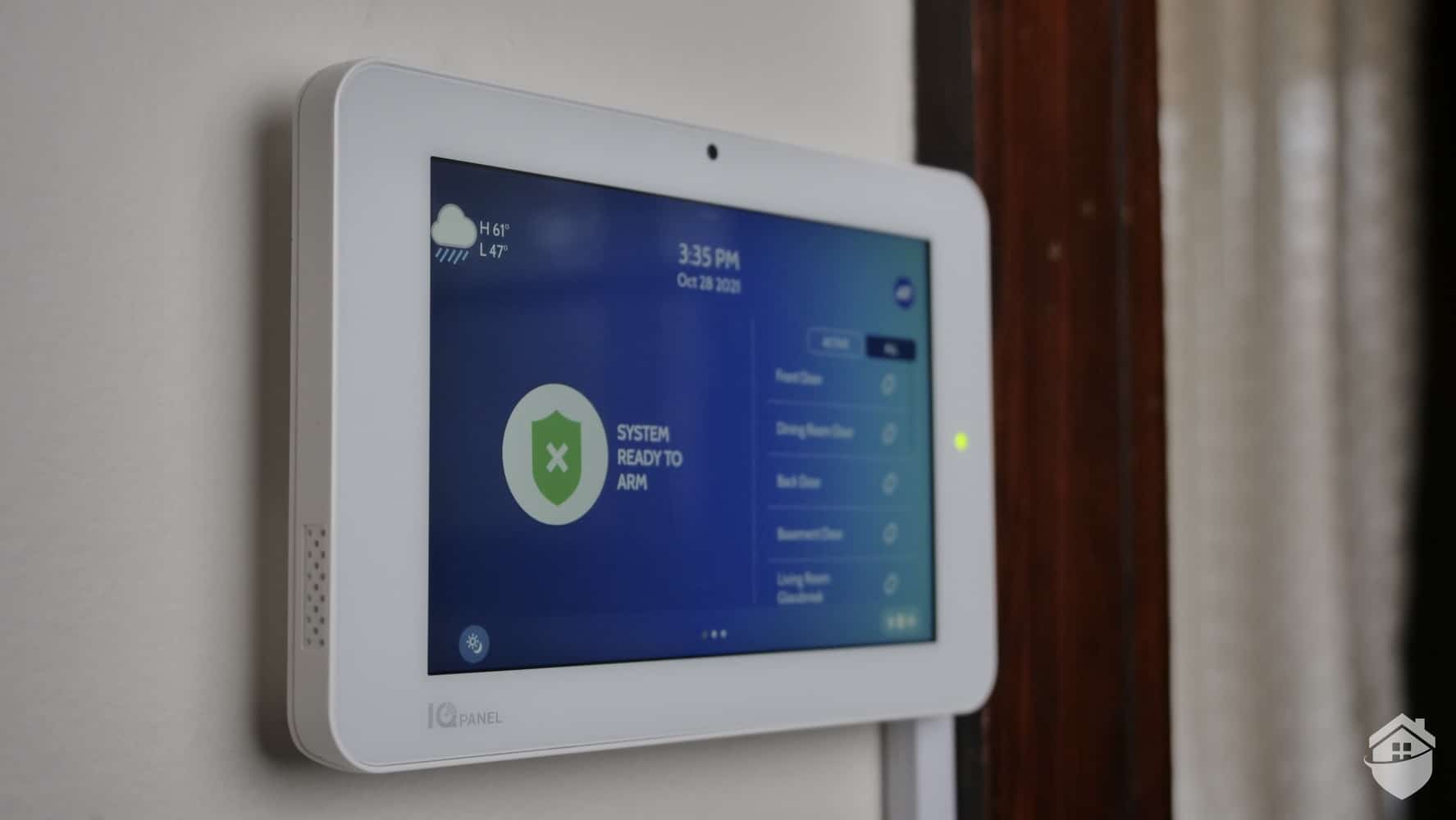It’s dinner time and you’re getting ready to drop some dumplings into a pot of sizzling oil. You worked all day, so you didn’t have time to make the dumplings from scratch. Frozen will do just fine.
You plop that first dumpling in, and it turns out the oil is too hot. The icy dumpling smokes and splashes, and, in a blink, you have a fire blaze up in front of your face. There go your eyebrows.
Do you have a fire extinguisher nearby? If so, do you know how to use it under this kind of stress and pressure? You may have only seconds to respond.
I count myself lucky because I’ve had to use a fire extinguisher only once in my life during an emergency (and plenty of other times while testing them, of course). I vividly remember feeling shocked at how confusing even the simplest actions felt and how time seemed to turn to sludge in the seconds it took me to respond to the fire in front of me.
I didn’t know the PASS acronym, which I’ll describe below, or any of the additional safety precautions I’ll share in this article. I only knew I needed to get the fire out, and that meant pointing the fire extinguisher nozzle and blasting away. It worked, but only because of factors that happened in my favor. It could have gone a different, more dangerous route.
FYI: Small fires can escalate rapidly and put off dangerous levels of smoke and toxic gasses, depending on what burns. People and pets should always take priority, along with swift decision-making. Knowing what to do ahead of time will save you precious seconds having to decide on the spot.
>> Read More: How to Make a Family Emergency Plan
Before You Grab the Extinguisher
When a fire erupts in front of you, going for the fire extinguisher and blasting away like I did may be the first thought that comes to mind. It’s smarter, however, to take a few moments to consider some safety precautions so you can keep yourself out of harm’s way.
Safety Tip 1: Assess the Fire
Typical household fire extinguishers work best on small, contained fires — ones that aren’t gaining in intensity. If it’s in an area that’s quickly filling with smoke, you may not have enough time to find the fire extinguisher and get it working before you’re out of breathable air.
You’ll also want to know if your specific extinguisher can handle the type of fire you’re facing. Again, we’re talking about small fires. We have an entirely separate guide to staying safe during wildfires.
>> Check Out: Residential Fire Prevention and Safety Guide
Safety Tip 2: Know Your Extinguisher
There are five types of fire extinguishers, and you’ll often see their classes labeled somewhere on the canister. Look for the letters and symbols that describe which kinds of fires they’re designed to put out.
A: Ordinary materials such as wood, paper, and textiles
B: Flammable liquids such as gasoline, grease, oil, and oil-based paints
C: Electrical equipment such as appliances, circuitry, and power tools
D: Flammable metals such as magnesium, lithium, and aluminum
K: Cooking oils such as animal fats and vegetable oils
Most homes have what are often called multipurpose ABC extinguishers that are great for most situations.
Your class of extinguisher matters. Blasting an ABC extinguisher on a fire that calls for a class D extinguisher can have disastrous effects. Some extinguishers can spread flames rather than suppress them, such as using a class A extinguisher on cooking oil fires because they’re water-based.
Class K extinguishers blast flaming oils with a foam that quickly cuts off the fire’s oxygen supply and keeps the oil contained so it can’t splash out. That’s why commercial kitchens typically have class K and ABC extinguishers on hand.
If you plan to do a lot of deep-frying, consider having that combo as well.
FYI: According to the National Fire Protection Agency, fire departments in the U.S. respond to nearly 1,000 fires caused by holiday decorations and Christmas trees each year. ABC extinguishers can handle those types of fires if they’re small.
Safety Tip 3: Know Your Exits
You don’t want to get into a situation where the fire extinguisher you have on hand won’t cut it and you’re trapped in a smoke-filled room. While you’re reaching for the extinguisher, quickly assess any exits near you so you can get out immediately if things go south.
If it’s your own home, you’ll most likely have a good idea how to get out, but it’s something to always keep in mind when a fire breaks out. You may have guessed, but we’re big advocates of identifying and preventing hazards in the home.
Remember to PASS
The PASS acronym is one of the easiest and most popular acronyms that can help you remember how to operate a fire extinguisher. Most fire and safety training professionals teach it specifically because of how simple it is.
Once you’ve assessed the fire in front of you and decided it’s something your extinguisher can safely suppress, position yourself roughly 6 to 8 feet away from the fire and keep your back to the exit you’ve identified.
Now PASS.
P: Pull the Pin
Keeping the nozzle pointed away from you, pull the extinguisher’s pin. That typically involves twisting its locking mechanism and removing the pin from the canister.
FYI: Fire extinguishers have safety mechanisms such as zip ties to indicate that the extinguisher hasn’t been used before and to prevent accidental discharge. Most ties break easily with a twist or yank. It’s also a good idea not to cut them beforehand, especially if you have small children at home, since they keep the extinguisher childproofed.
A: Aim
Point the extinguisher nozzle at the base of the fire and aim low so you’ll blast the source.
S: Squeeze
With your dominant hand, squeeze the extinguisher’s handle slowly and evenly so you maintain complete control.
S: Sweep
Blast the base of the fire by sweeping the nozzle from side to side.
After the Fire Is Out
Sometimes fires can look like they’re dead only to come sparking back to life like some horror movie monster.
Once the fire looks like it’s out, keep an eye on it until you know for sure it is.
If the air in the room is painful to breathe, don’t stick around. Open some windows, get out, and call emergency services if you need them. Smoke inhalation can cause serious damage to your lungs. Your health and safety are more important than your kitchen or home.
FYI: Multipurpose ABC extinguishers release a fine, yellow powder called monoammonium phosphate to suppress flames. Many B and C extinguishers emit sodium bicarbonate (baking soda).
Inhaling the emissions from an ABC extinguisher can make your nose, throat, and lungs burn, as well as cause shortness of breath, dizziness, and coughing. Fresh air and a hot shower can help relieve most of the discomfort.
The powder can also irritate your skin, and a hot shower will help with that as well. If you’ve blasted a fire with an extinguisher and you’re feeling any of those symptoms, get outside as soon as you can — and don’t hesitate to seek medical help if needed.
>> Check Out: Beware of These Four Toxic Household Gasses
Cleaning Up Extinguisher Residue
Residues left by multipurpose and other common household extinguishers are considered generally safe, though irritating. For cleanup, grab a vacuum cleaner with a HEPA filter and a face mask. You may also want gloves and long sleeves to minimize skin exposure.
FYI: A HEPA filter, also known as a high-efficiency particulate-absorbing filter, has a bundle of polypropylene or fiberglass fibers that acts like cheese cloth. As air rushes through the bundle, particulate matter clings to the fibers and gets tangled inside the netting.
Damp cloths can get rid of any remaining residue that the vacuum misses, but always check the instructions on your fire extinguisher for cleanup guidelines. They may suggest additional methods or products.
Disposing of or Refilling Your Fire Extinguisher
Once you’ve used your extinguisher, you’ll want to either dispose of it properly or refill it. Yes, some extinguishers can be refilled. Check your model’s instructions to find out if it’s possible.
Look for certified fire equipment specialists or fire protection companies near you that offer refills. Never attempt to do it yourself. Shelling out money for a new fire extinguisher is a safer bet than relying on one you refilled yourself (unless, of course, you’re a fire equipment specialist).
To dispose of a used extinguisher, contact your local household hazardous waste facility to see if they accept them. It may also depend on your local government’s regulations. Check your local city and state government websites or contact them directly, since some areas have strict laws for disposing of hazardous household materials.
While you’re at it, we also have suggestions for what households need to know about solid waste disposal.
Did You Know? Commercial buildings often have legal mounting requirements for placing fire extinguishers inside. Single-family homes typically don’t, but condos and apartments may. It’s best to place fire extinguishers where they’re easy to see and grab, but also out of reach for children.
Take Charge of Your Fire Safety
Knowing how to use a fire extinguisher is a great skill that can turn potential disasters into close calls, and it should be a part of your home fire safety plan.
Remember to assess the fire, know your extinguisher, and use the PASS acronym so you’ll be well equipped to handle small household fire emergencies if they ever arise. Always prioritize your own safety and make sure to leave immediately if a fire gets out of control.
If you don’t have an extinguisher in your home, now is the perfect time to get one. You don’t want an emergency to be your reminder. For even more ideas, be sure to read our guide to preparing for and surviving an emergency at home.
FYI: Consider the number and placement of fire extinguishers in your home. We recommend placing extinguishers in these key locations: in the kitchen, laundry room, garage, and patio, and on each floor.





